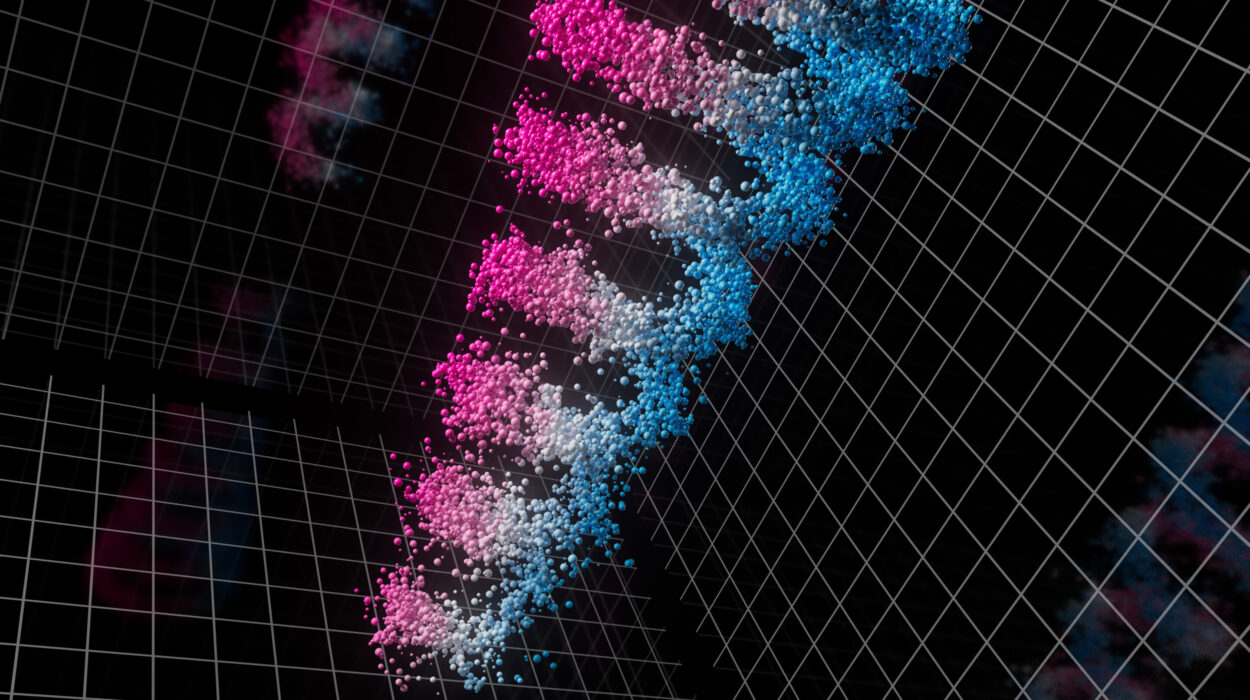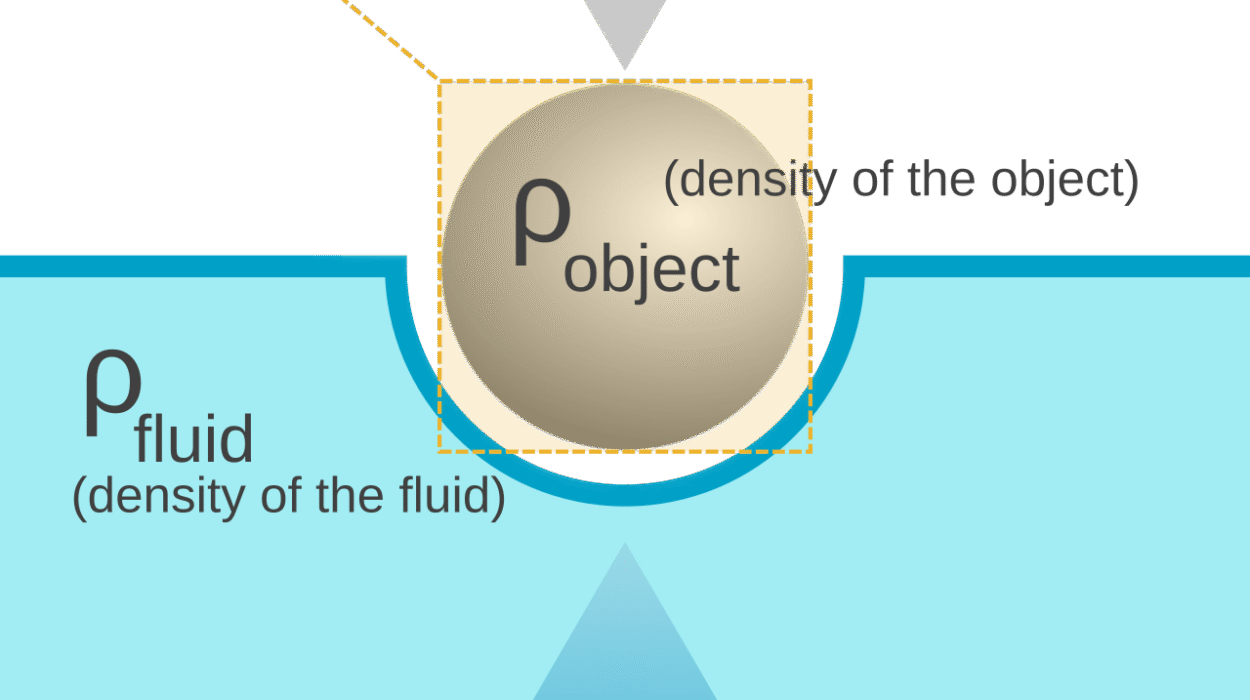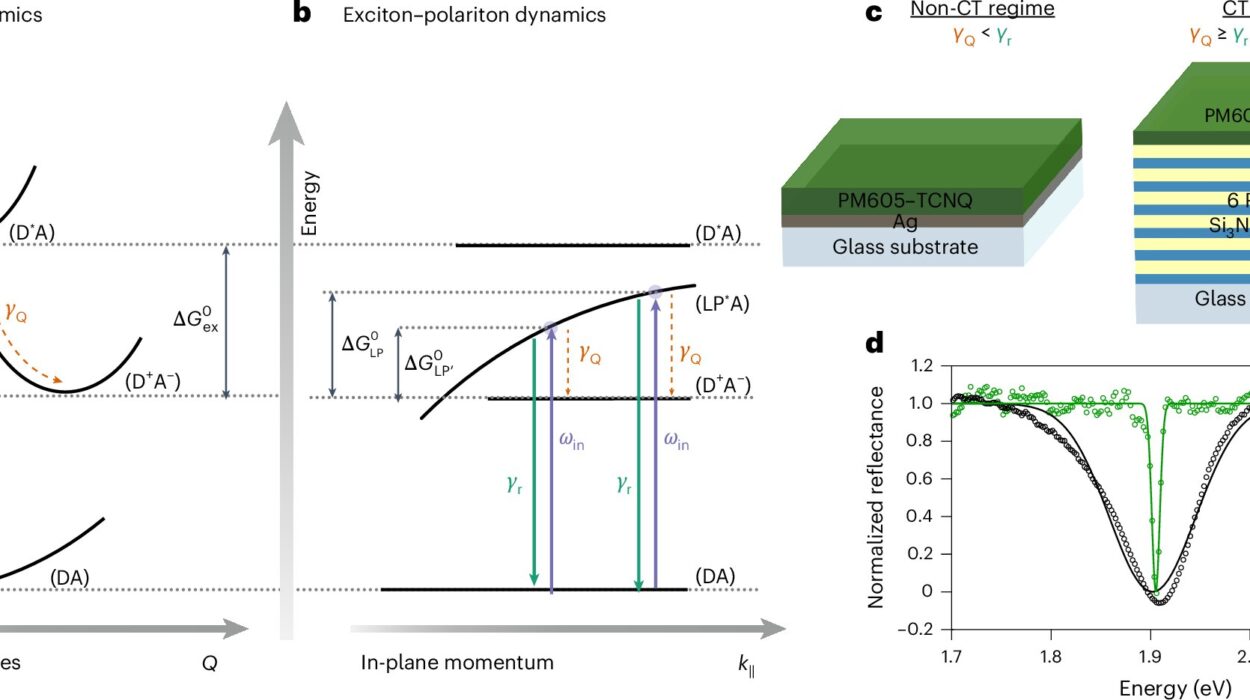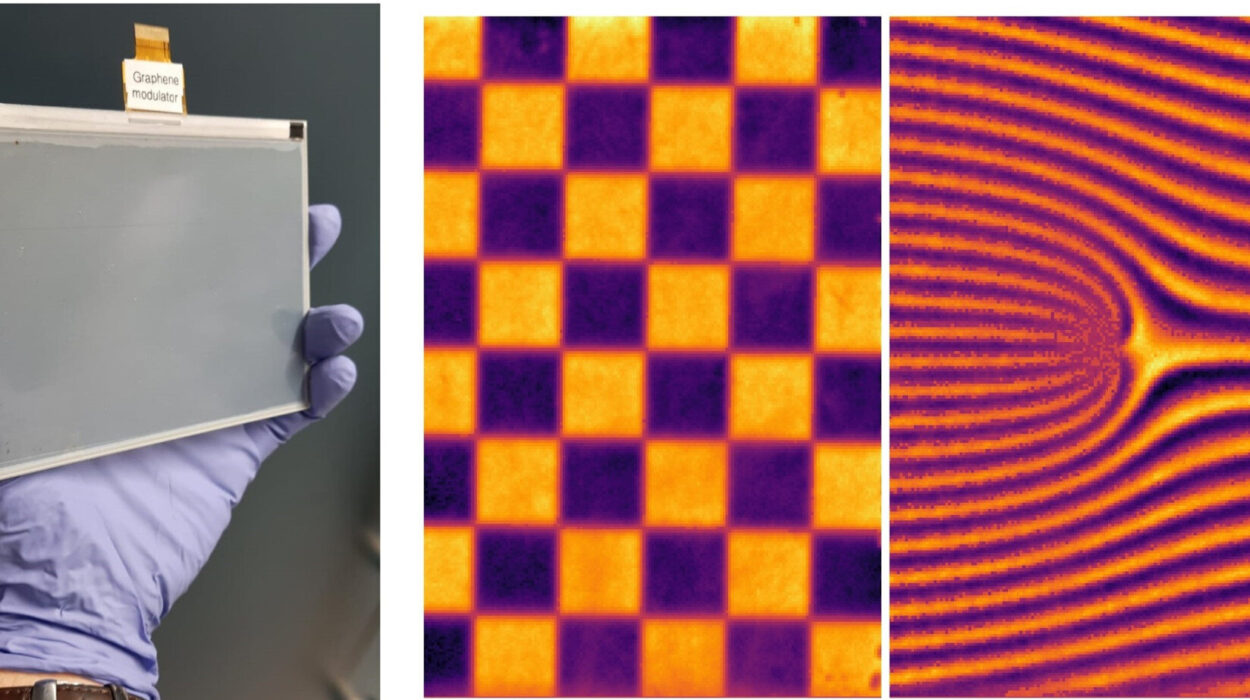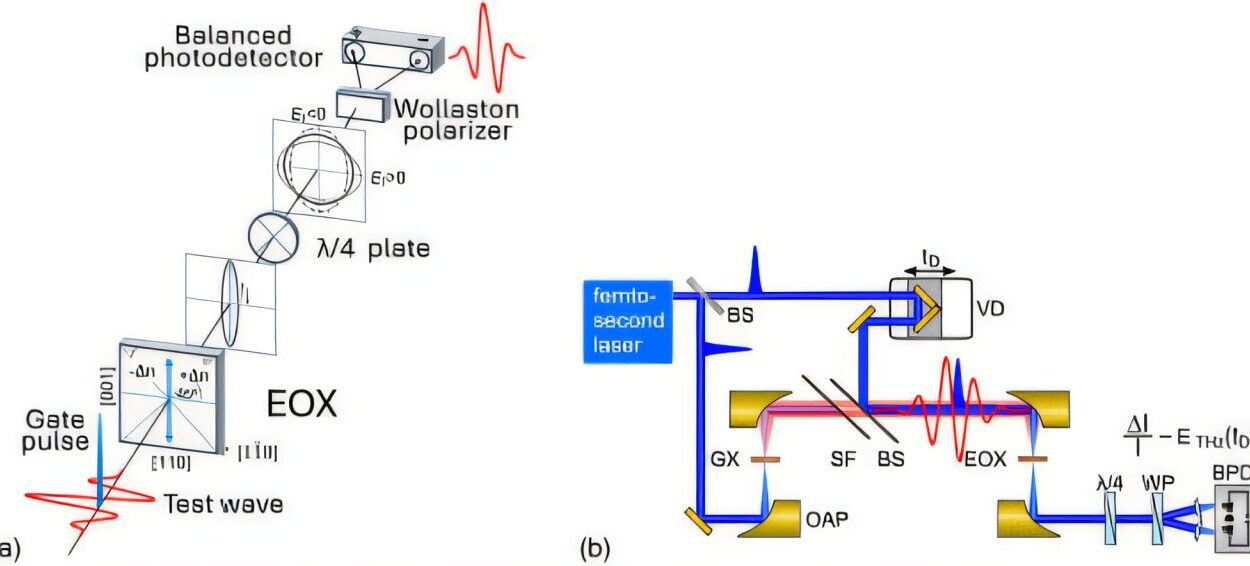For decades, physicists and engineers have dreamed of building a quantum computer powerful enough to crack problems that no classical machine could ever hope to solve—factoring huge numbers, simulating complex molecules, optimizing enormous datasets. But turning that dream into reality has been plagued by one enormous hurdle: quantum fragility.
Qubits, the quantum bits that store and manipulate information, are highly sensitive. Tiny interactions with their environment—vibrations, stray heat, even cosmic rays—can introduce errors faster than they can be corrected. The result is that most experimental quantum computers are error-prone and limited in what they can achieve.
Now, in a surprising turn, a collaboration between mathematicians and physicists has revealed a new route forward. In a study published in Nature Communications, researchers at the University of Southern California (USC) report a discovery that could dramatically advance topological quantum computing, a promising approach known for its theoretical resilience against errors. At the heart of their breakthrough lies a particle long overlooked and even discarded in traditional models—a particle they’ve affectionately named the neglecton.
And in a twist worthy of scientific poetry, the key to this neglected treasure wasn’t in better hardware or new materials—it was in rethinking the math.
The Fragile Dream of Quantum Computing
At the core of quantum computing’s power is the ability of qubits to exist in multiple states simultaneously, a phenomenon known as superposition. Even more powerful is entanglement, which links qubits in a way that allows them to act as a single system, no matter how far apart they are. But these advantages come with a cost: decoherence. The quantum states are extremely sensitive to noise, leading to errors that can quickly cascade and ruin calculations.
One of the boldest solutions to this problem is topological quantum computing, which encodes information not in fragile states of individual qubits, but in the global properties of particle systems—essentially embedding the information in the “knots” and “twists” of space itself.
To do this, scientists look to exotic particles called anyons, which arise in certain two-dimensional materials under extreme conditions. When anyons are moved—or “braided”—around one another, they perform quantum operations. And unlike conventional qubits, the result of a braid is unaffected by small local disturbances, making the approach naturally error-resistant.
Among the most promising of these anyons are Ising anyons, already being explored in laboratories for their potential realization in systems such as the fractional quantum Hall state and topological superconductors. But there’s a catch.
The Ising Anyon’s Incomplete Power
While Ising anyons offer a stable and attractive foundation for building qubits, there’s a fundamental limitation: the operations they can perform through braiding are not enough for general-purpose quantum computing. Specifically, they can implement only a set of quantum logic operations known as Clifford gates, which, though useful, fall short of what’s needed for universal computation.
To overcome this, researchers have previously turned to magic state distillation—an error-prone and resource-intensive technique that injects special states into the system to supplement the limited logic provided by braiding. But what if there were a simpler way?
That’s the question USC’s Aaron Lauda and his colleagues set out to answer. And they found it—not in new materials or experimental tricks, but in a mathematical structure long ignored by the physics community.
The Neglecton: A Forgotten Piece of the Puzzle
In standard topological quantum field theories (TQFTs)—the mathematical frameworks used to describe anyonic systems—certain objects are discarded because they have a “quantum trace zero.” These components were viewed as irrelevant or even pathological, unable to contribute to meaningful physics.
But Lauda and his team took a bold approach: what if those very elements held the missing ingredient?
Their new framework, built on what are known as non-semisimple TQFTs, retains these neglected mathematical objects. And in doing so, it reveals a previously hidden anyon—the neglecton. This stationary particle, when paired with the already well-understood Ising anyons, unlocks the full power of quantum computation using braiding alone.
Crucially, the neglecton doesn’t need to be moved or manipulated. It simply sits at a fixed point while the Ising anyons are braided around it. Like an anchor in turbulent waters, it stabilizes and completes the computational capability of the system.
“It’s like finding treasure in what everyone else thought was mathematical garbage,” Lauda said. “By embracing structures that were once discarded, we discovered a way to achieve universal quantum computing without relying on fragile workaround techniques.”
Computing in a House with Unstable Rooms
One of the major challenges with non-semisimple TQFTs is that they often violate a principle known as unitarity, which ensures that quantum processes preserve probabilities. In traditional quantum mechanics, losing unitarity is usually a deal-breaker—it suggests that the model can produce physically nonsensical results.
But the USC team found an elegant workaround. Rather than trying to fix the entire theoretical framework, they carefully designed the computational process to avoid the problematic parts.
“Think of it like building a house where a few rooms are unstable,” Lauda explained. “Instead of trying to reinforce the whole structure, you make sure all your important work happens in the stable rooms, and you just don’t go into the others.”
By carefully isolating the “safe” subspaces of the mathematical model, the researchers ensure that all physical computations remain valid and well-behaved, even if the underlying global theory contains irregularities.
This innovation allows them to leverage the power of the neglecton without being trapped by the mathematical baggage that comes with it.
A Bridge from Abstract Math to Physical Reality
Perhaps the most remarkable aspect of this discovery is its origin in pure mathematics—a field often regarded as disconnected from the messy world of experiments and engineering. The neglecton wasn’t born in a lab or discovered under a microscope. It emerged from equations, logic, and a willingness to explore regions of theory that others had abandoned.
“By embracing mathematical structures that were previously considered useless, we unlocked a whole new chapter for quantum information science,” Lauda said.
Yet the implications are very real. The USC team is now working with experimentalists to identify material systems where the neglecton could naturally occur. Because only a single stationary neglecton is needed, and because Ising anyons are already being produced in lab settings, the pathway to realizing a universal topological quantum computer is now clearer than ever.
“The math gives us a roadmap,” Lauda said. “If we can find a way to implement this extra particle in a real material, it could change everything.”
A Future with Topological Precision
Topological quantum computing has long been hailed as the most fault-tolerant path to quantum supremacy. But without universal logic operations, even the most stable system is like a locked vault without a key.
The neglecton may well be that key.
While there’s still work to do—both in refining the theory and in translating it to experimental platforms—the significance of this advance is hard to overstate. It demonstrates that even the most abstract and esoteric branches of mathematics can solve urgent problems in technology and engineering. It also underscores the importance of curiosity, patience, and a willingness to challenge the assumptions baked into decades of scientific orthodoxy.
In Einstein’s time, theories of relativity emerged not from laboratories, but from thought experiments about falling elevators and beams of light. Today, the dream of a universal quantum computer may be realized not in the silicon of supercomputers, but in the forgotten corners of mathematical theory—corners that once looked like trash, but now gleam like treasure.
As quantum computing races ahead, this unlikely hero—the neglecton—reminds us that sometimes, the future hides in the places we least expect.
More information: Universal quantum computation using Ising anyons from a non-semisimple topological quantum field theory, Nature Communications (2025). DOI: 10.1038/s41467-025-61342-8

